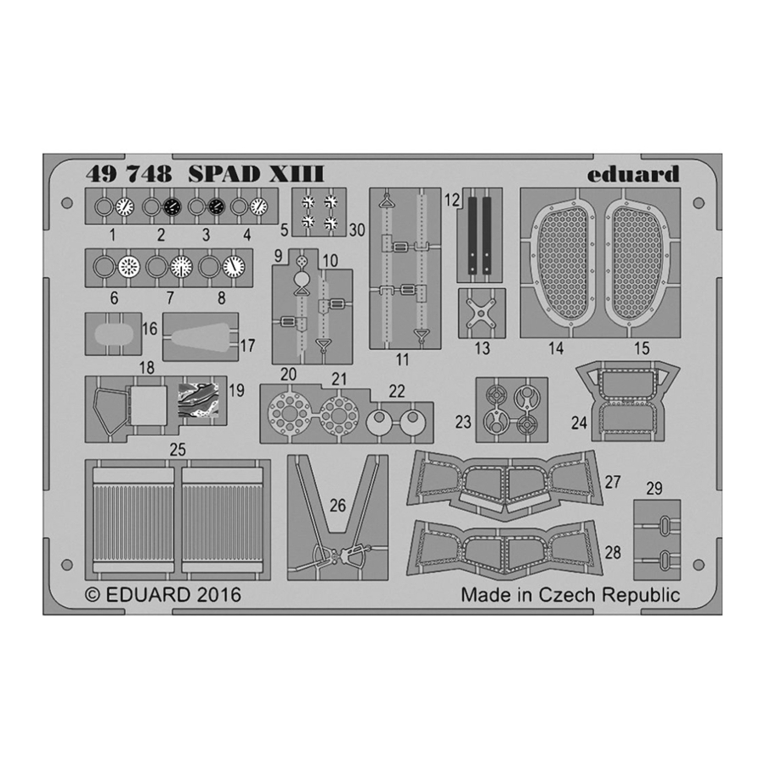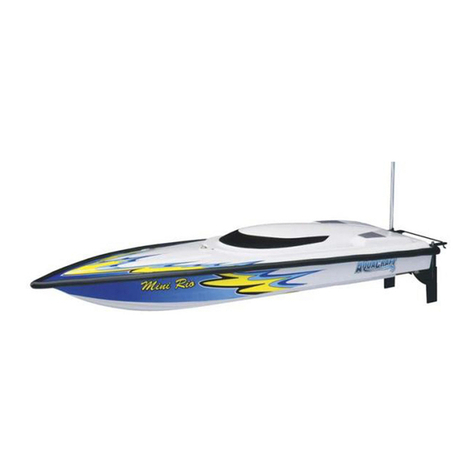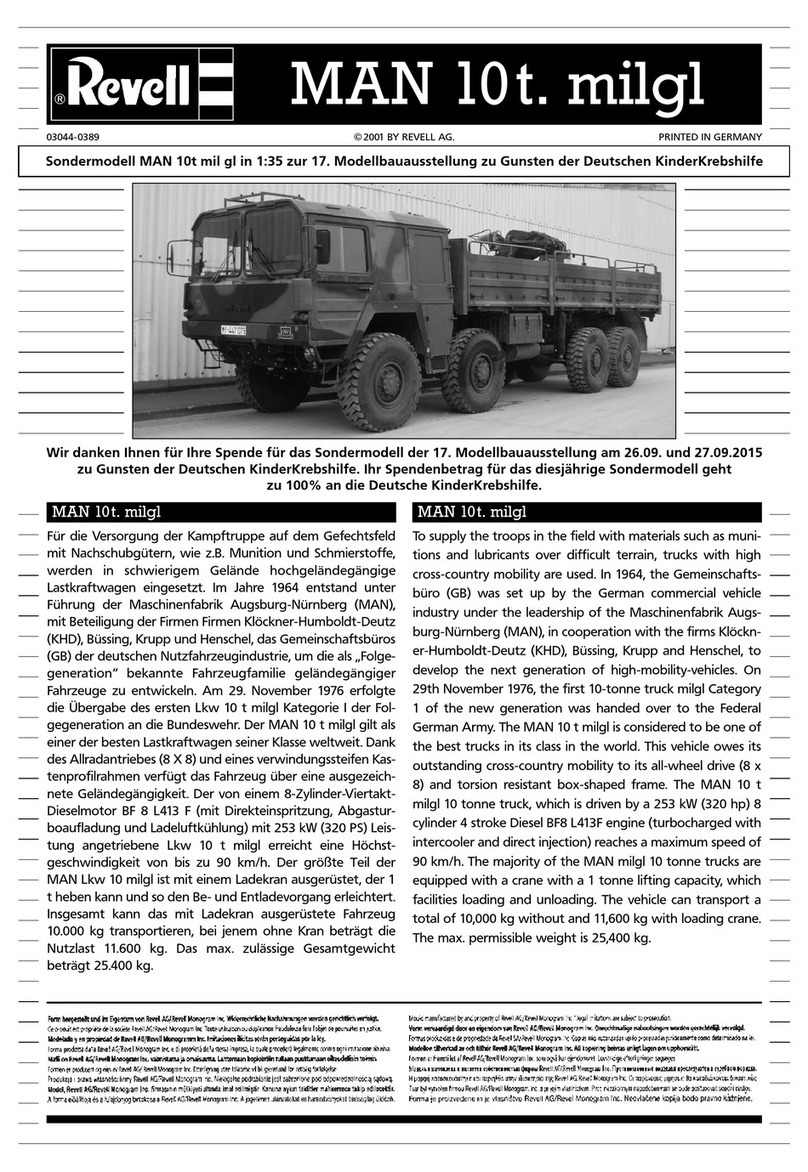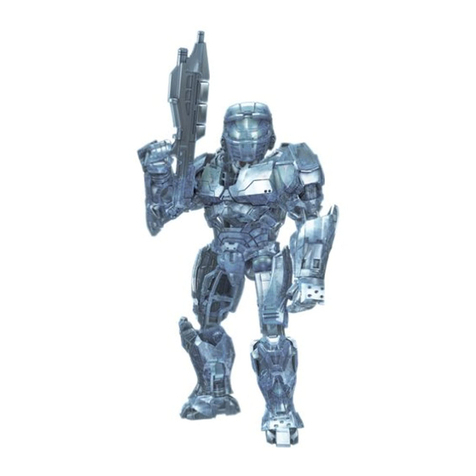Krick 20360 Instruction Manual




















This manual suits for next models
2
Other Krick Toy manuals

Krick
Krick Katja Instruction Manual

Krick
Krick 20320 Instruction Manual
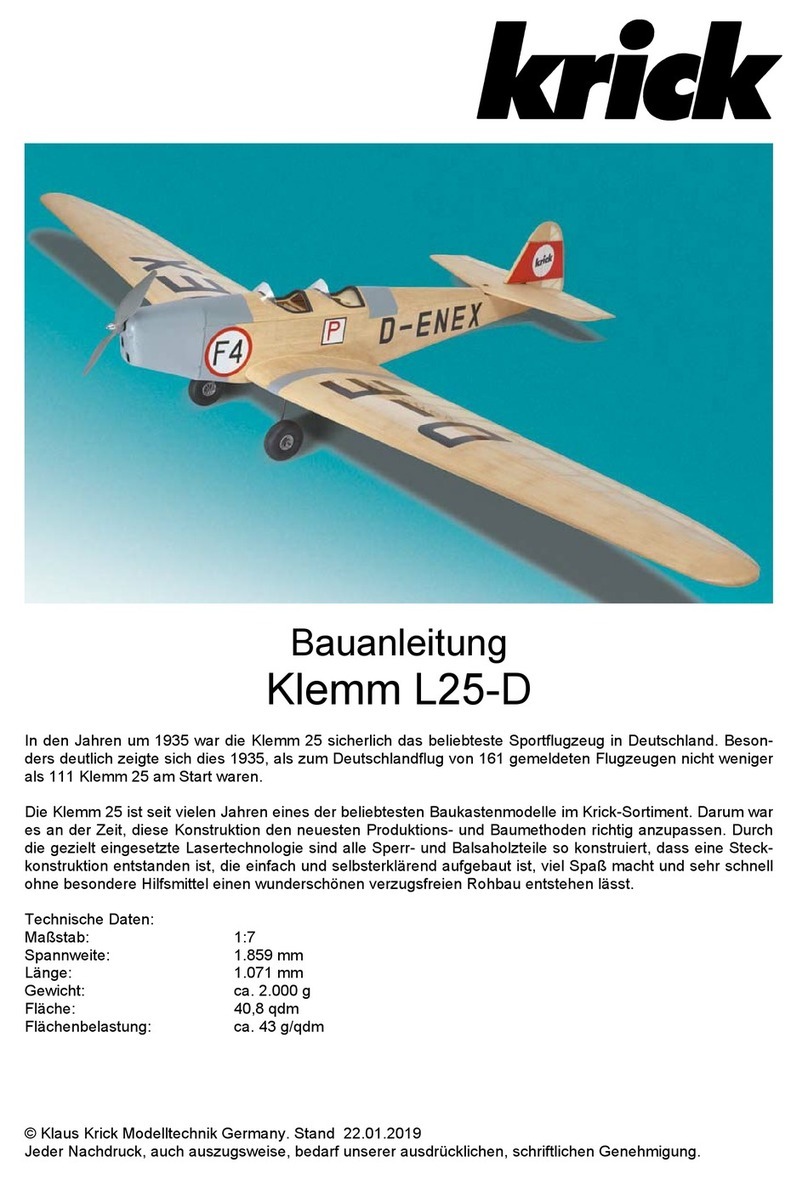
Krick
Krick Klemm L25-D User manual
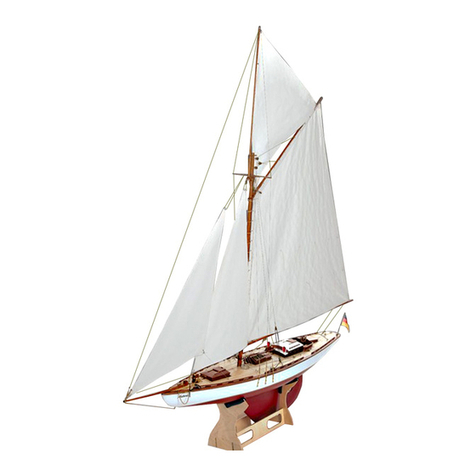
Krick
Krick ANTARES User manual
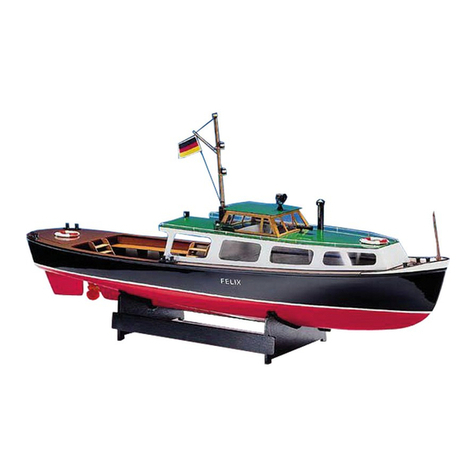
Krick
Krick 20300 Instruction Manual

Krick
Krick ro marin Neptun Instruction Manual

Krick
Krick Fishing Cutter Antje Instruction Manual

Krick
Krick Anna User manual
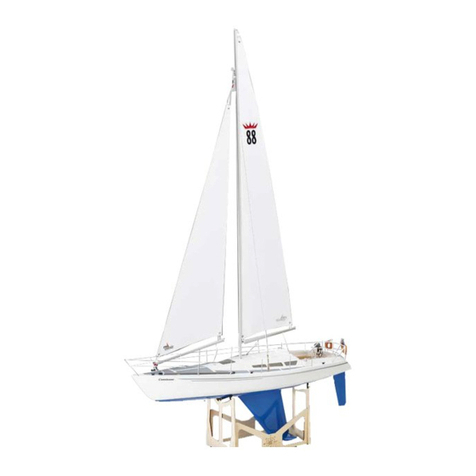
Krick
Krick COMTESSE User manual
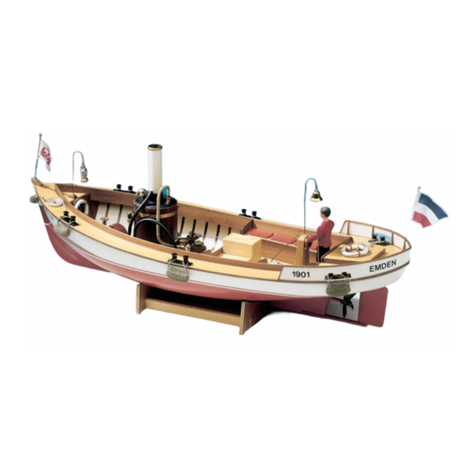
Krick
Krick Borkum Island Supporter Instruction Manual

Krick
Krick 20310 User manual

Krick
Krick Victoria User manual
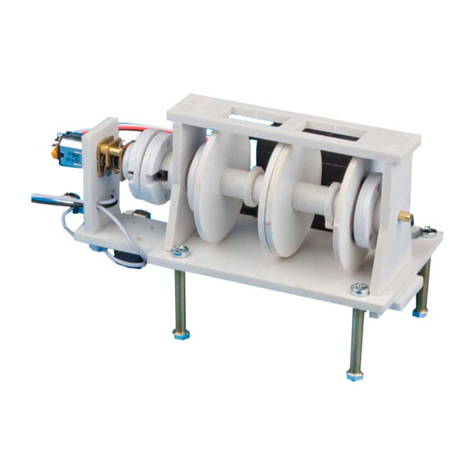
Krick
Krick 65312 Instruction Manual

Krick
Krick Ro-marin Katja Instruction Manual

Krick
Krick Sea Cruiser ARIADNE Instruction Manual
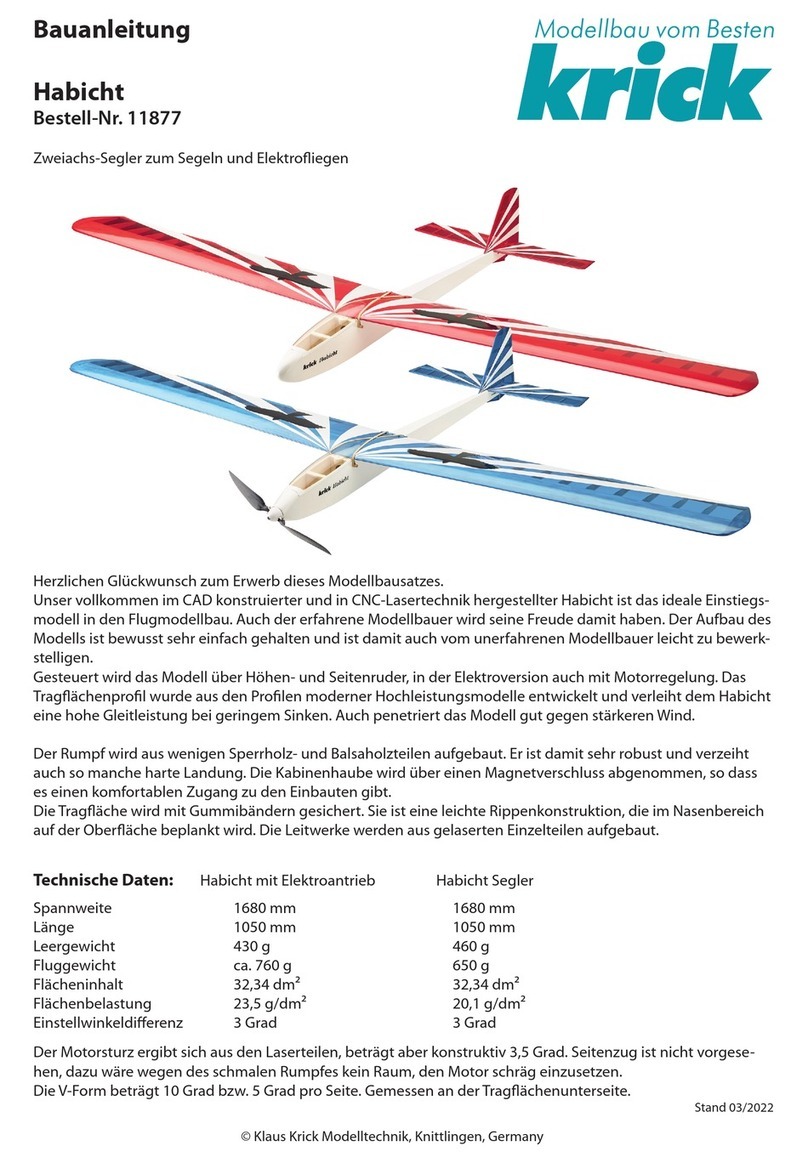
Krick
Krick Habicht User manual
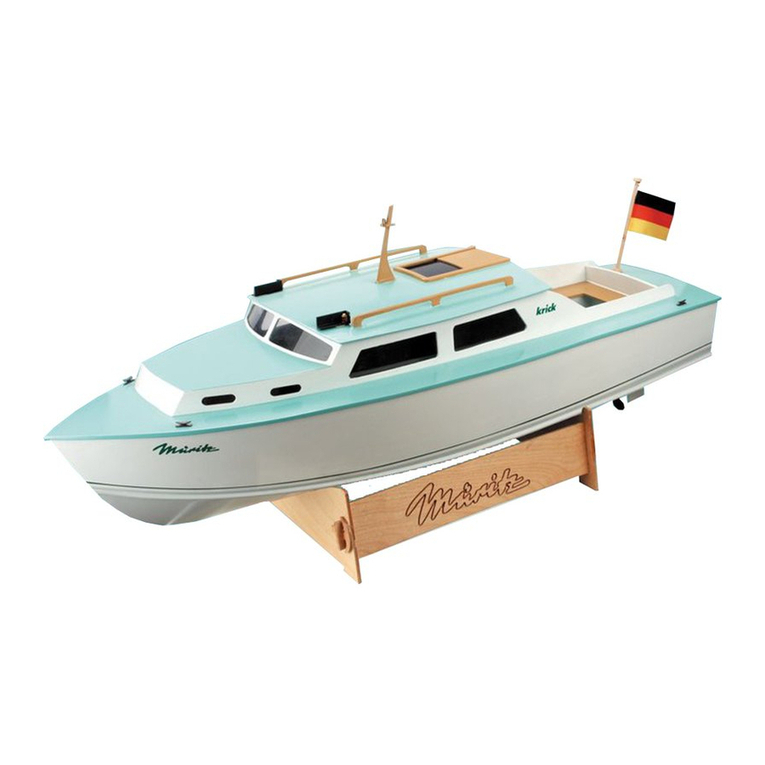
Krick
Krick Muritz Instruction Manual
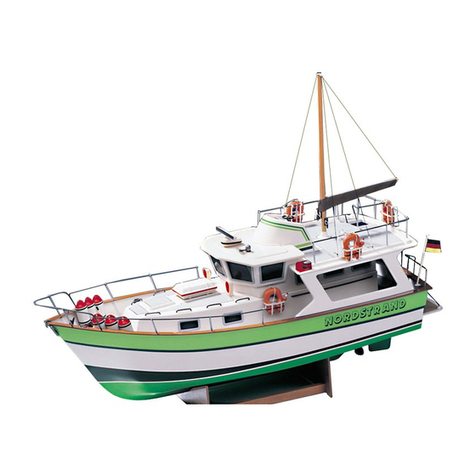
Krick
Krick Nordstrand Instruction Manual
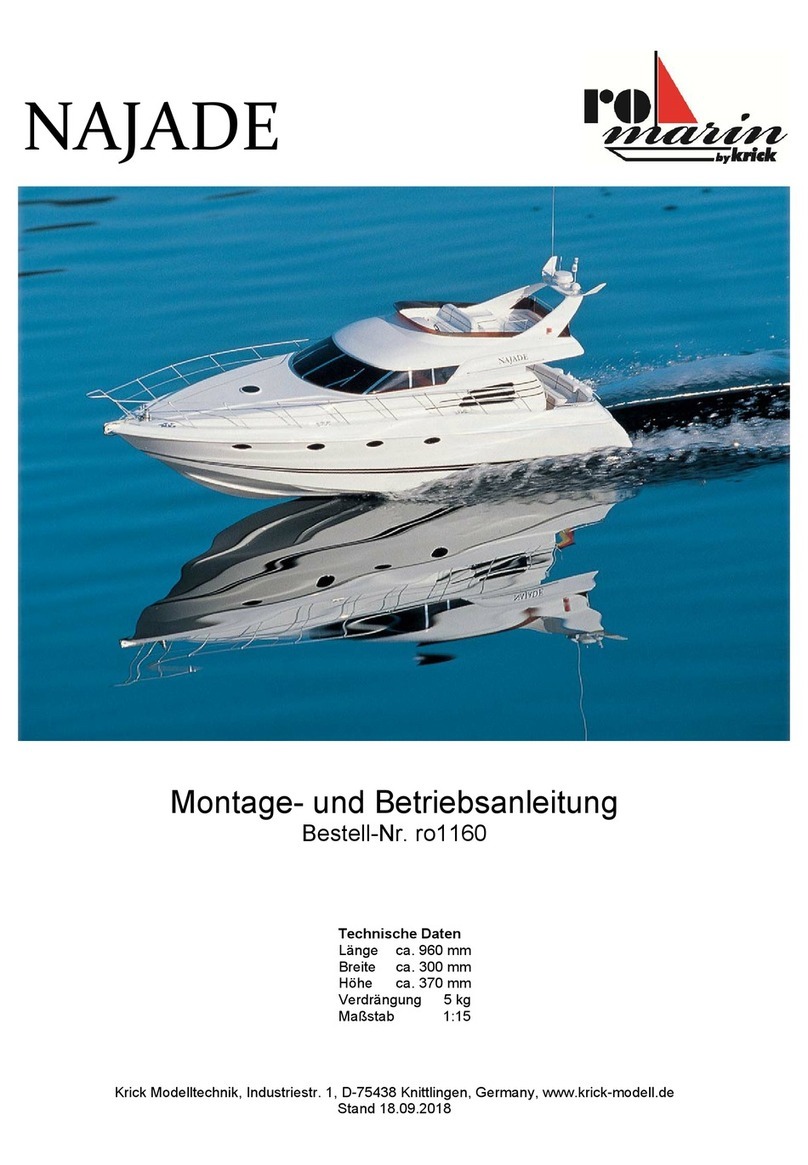
Krick
Krick ro1160 User manual
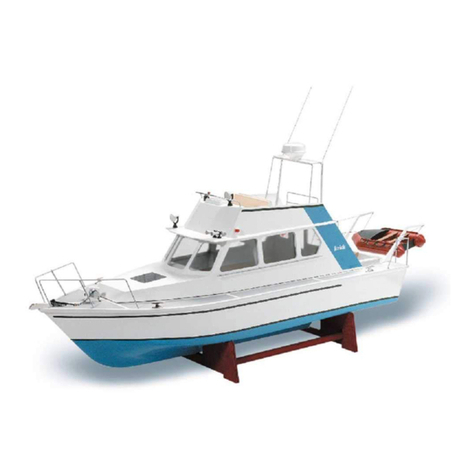
Krick
Krick Lisa M. Instruction Manual
Popular Toy manuals by other brands
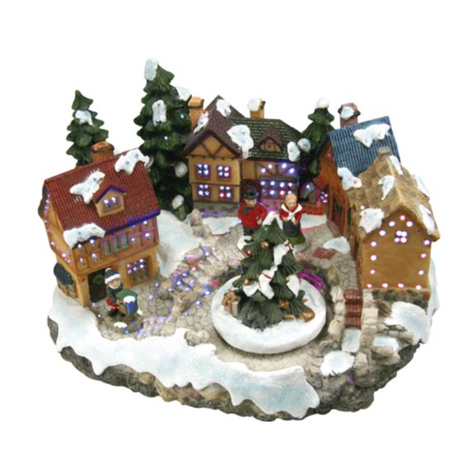
Velleman
Velleman XMDH1 user manual
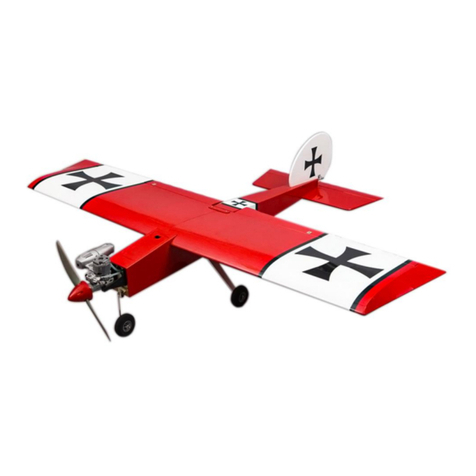
Value Hobby
Value Hobby Easy Stick-40 Kit instruction manual
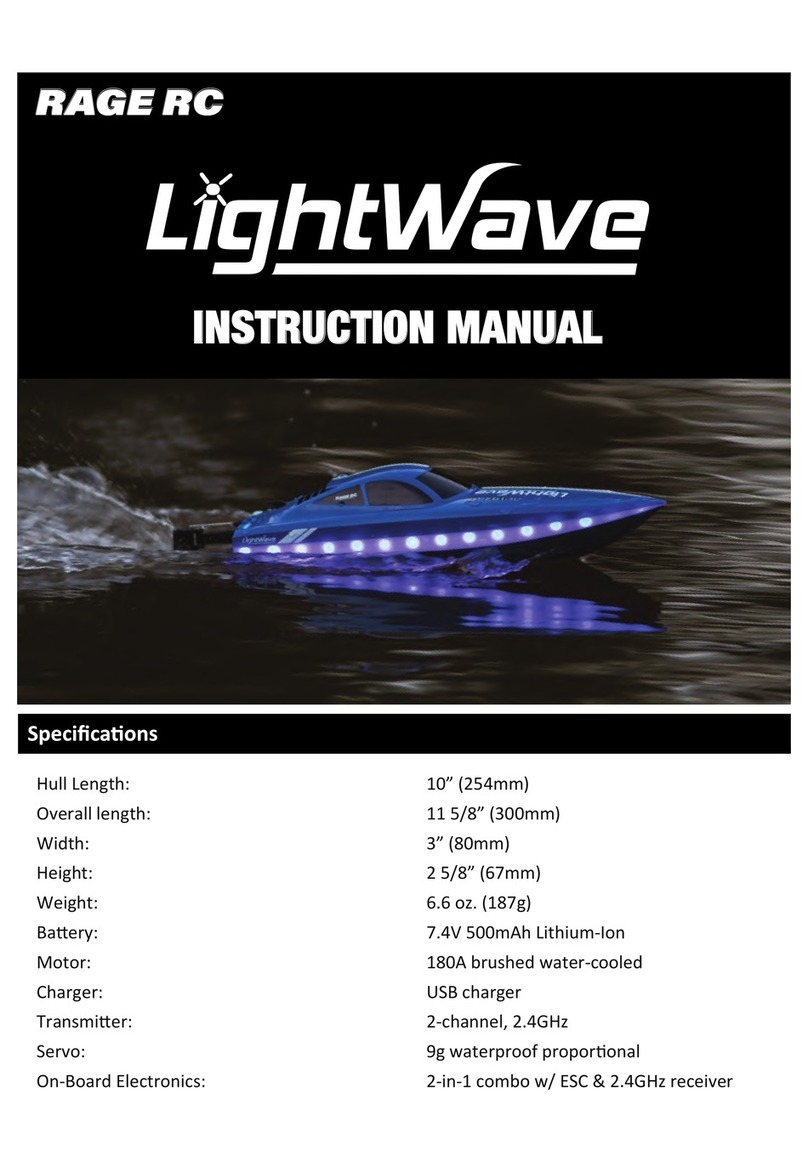
Rage RC
Rage RC LightWave instruction manual

Eduard
Eduard BRASSIN Bf 109 cannon pods manual
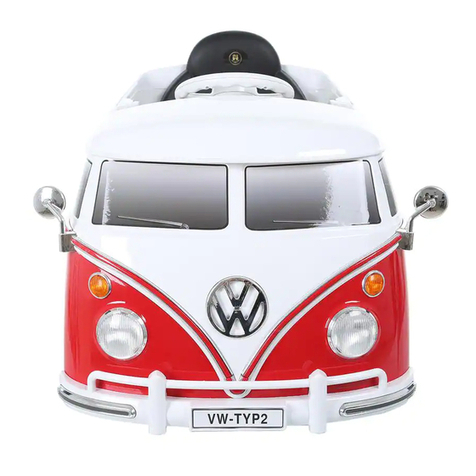
Rollplay
Rollplay W487AC-R Owner's manual and assembly instructions
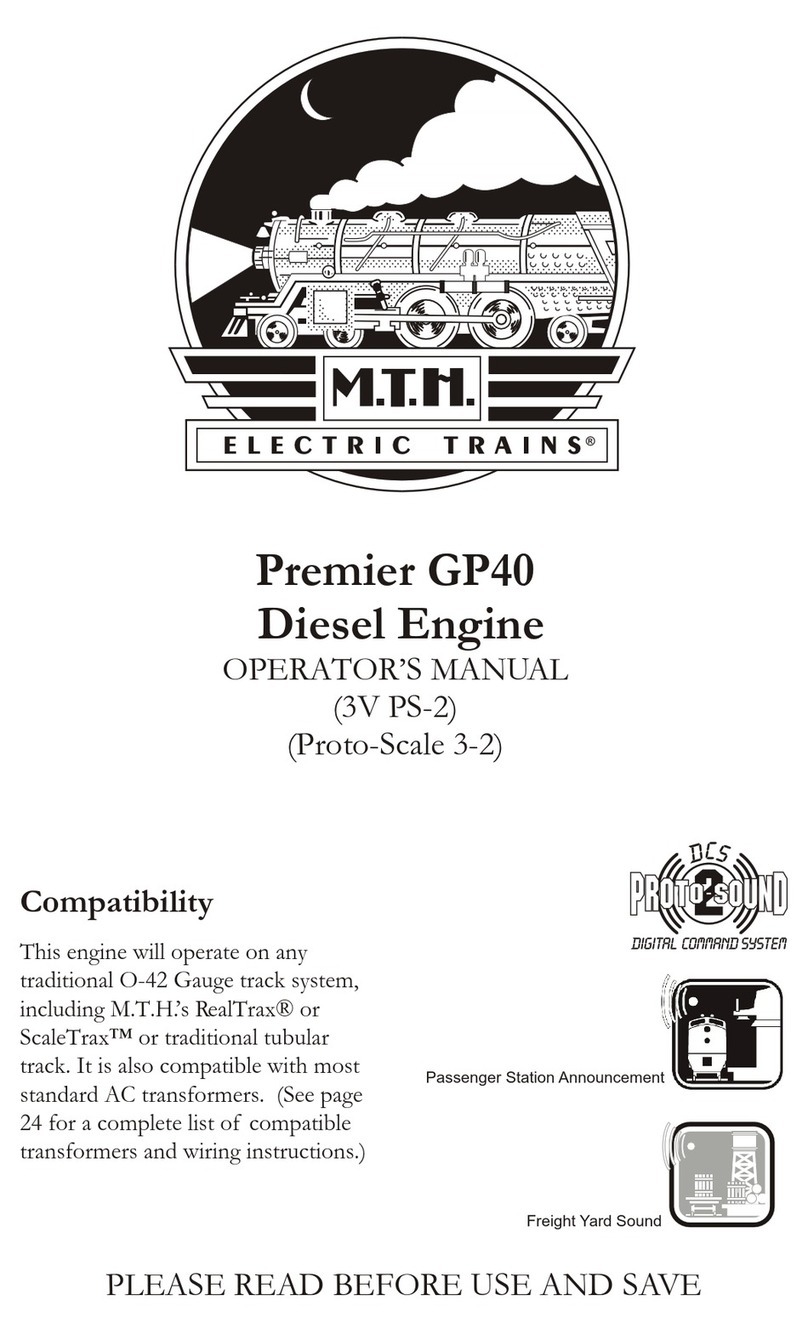
MTHTrains
MTHTrains PREMIER GP-40 DIESEL ENGINE Operator's manual
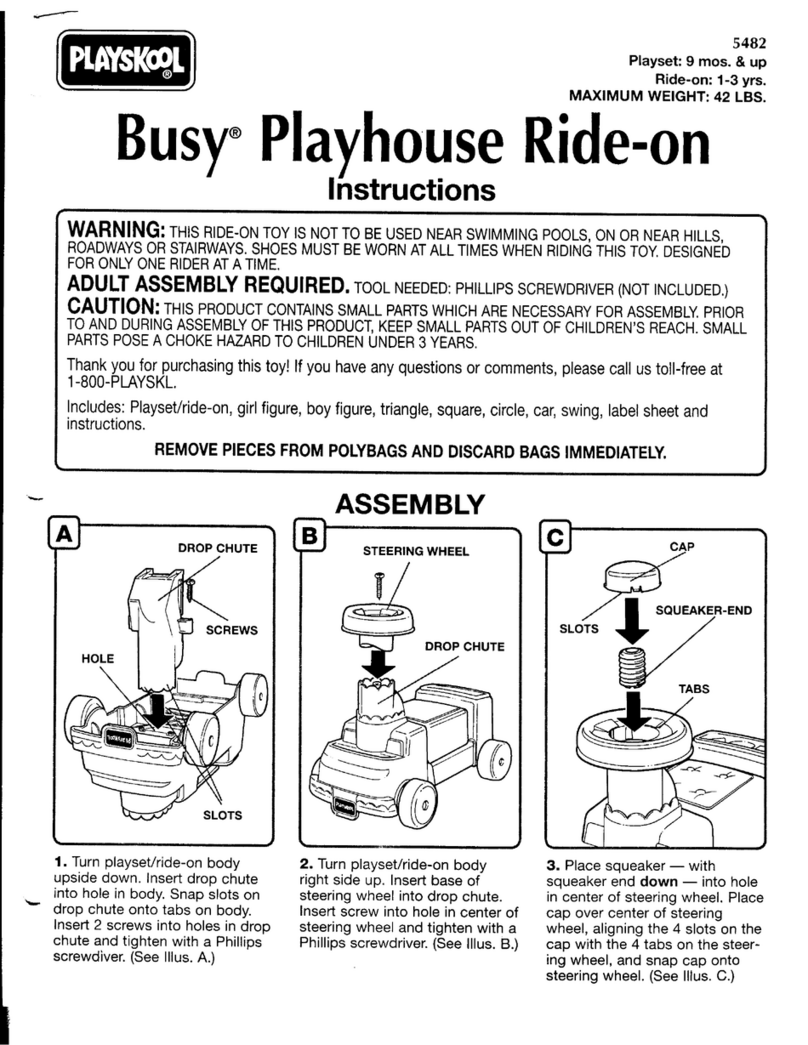
Playskool
Playskool Busy Playhouse Ride-On 5482 instructions

AirWild Hobbies
AirWild Hobbies Extra 330L Assembly manual
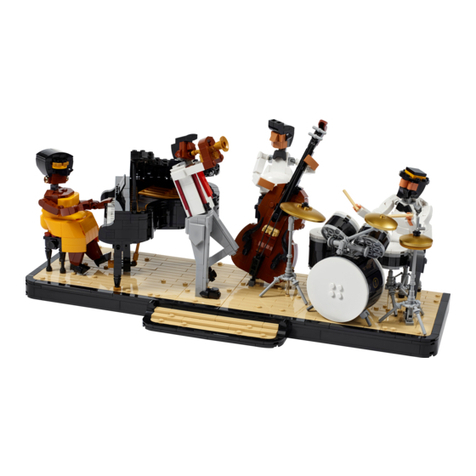
GAME OF BRICKS
GAME OF BRICKS 21334 instruction manual
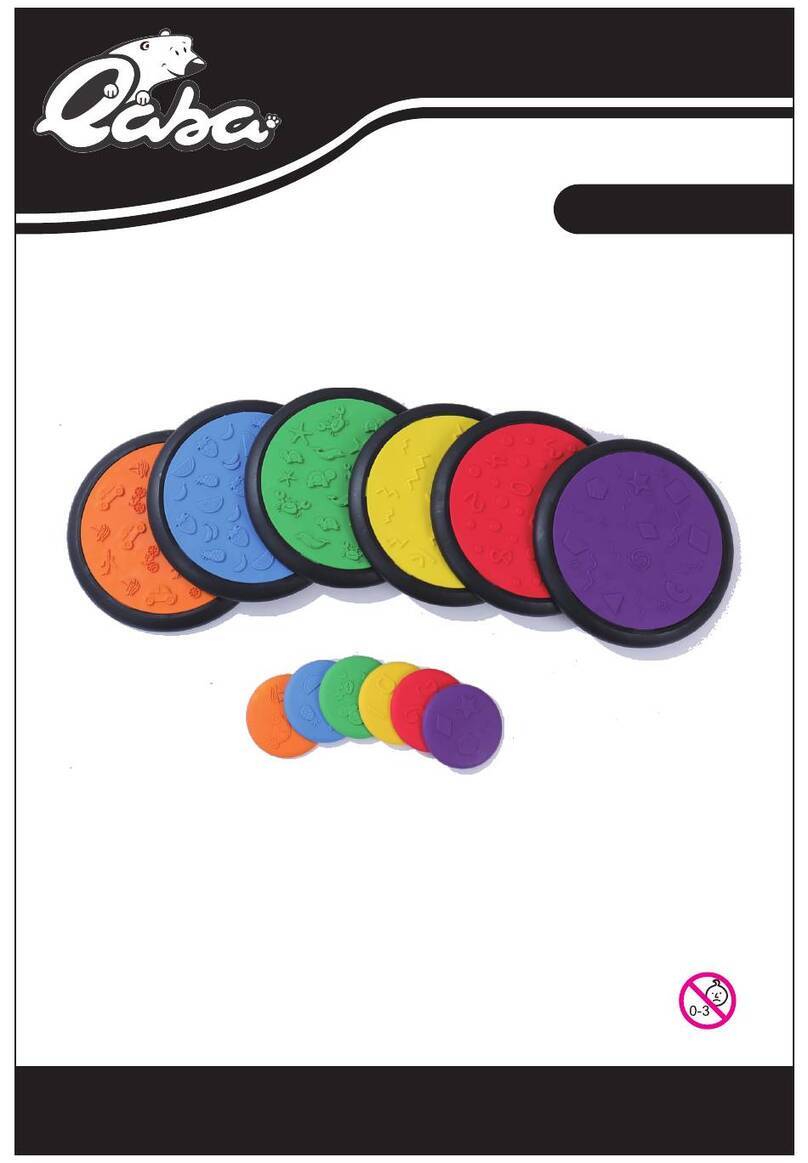
QABA
QABA 347-005V00 manual
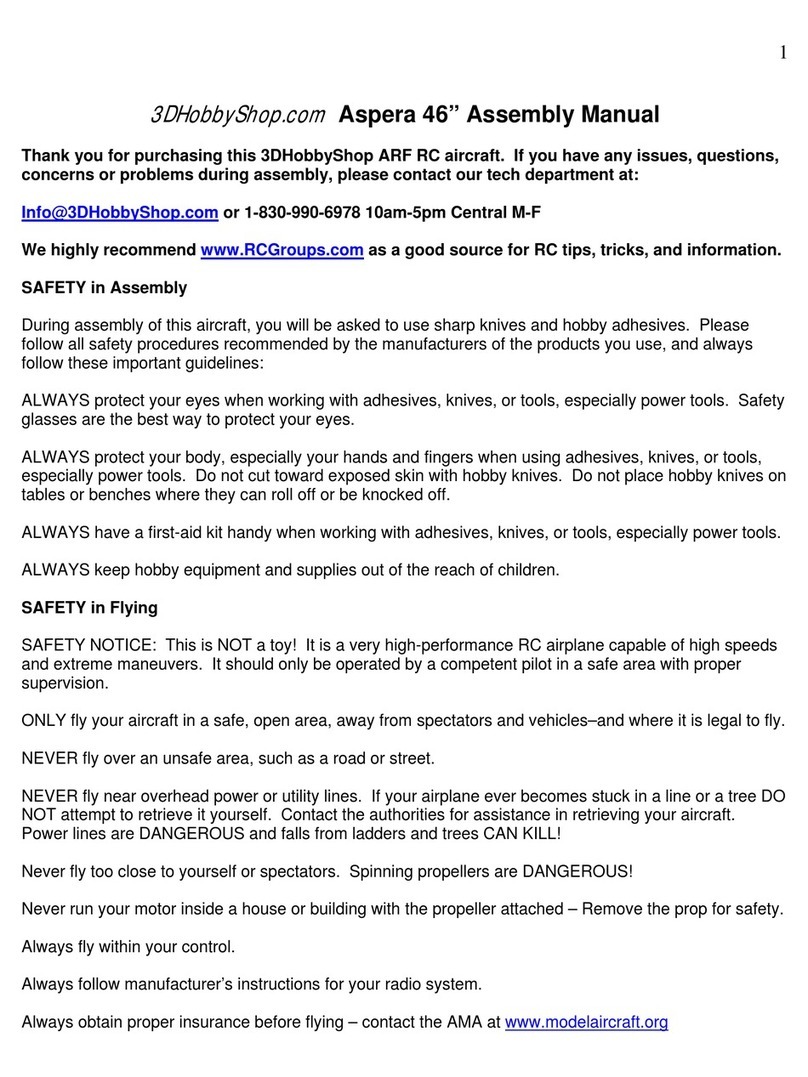
3D Hobby Shop
3D Hobby Shop ASPERA ARF 46 Assembly manual

GREAT PLANES
GREAT PLANES Silhouette instruction manual

